Understanding Budapest: An Overview
Located at the confluence of the Danube, Budapest is the capital city of Hungary and serves as the political, cultural, and economic hub of the nation. With its rich history, stunning architecture, and vibrant lifestyle, Budapest is not only one of the largest cities in Hungary but also ranks among the ten largest cities in the European Union. Visiting Budapest offers travelers a unique experience that melds ancient traditions with modern convenience.
Historical Significance of Budapest
The history of Budapest is a tapestry woven over centuries, reflecting the cultural and political transformations that have shaped it. Established as a Roman settlement known as Aquincum in the 1st century AD, it grew into an important trade center. By the Middle Ages, it became the capital of the Kingdom of Hungary.
The city experienced significant growth during the Ottoman period and later became a center for the Austro-Hungarian Empire. Its storied past is evident in the architecture that adorns the city, from the Gothic Revival-style structures to the monumental Baroque buildings. Key historical events, including the Siege of Budapest during World War II, have left indelible marks on the city, making its history a vital point of interest for visitors.
Geographic and Cultural Context of Budapest
Geographically, Budapest is divided into two main parts: Buda and Pest, separated by the Danube River. Buda is characterized by its hilly terrain and historical castle district, which is home to the iconic Buda Castle. Pest, on the other hand, is known for its lively atmosphere, bustling streets, and commercial areas. Each district offers a distinct flavor of Budapest, contributing to its cultural richness.
Culturally, Budapest is a hotspot of artistic and musical innovation. It boasts a range of museums, galleries, and theaters, as well as a diverse culinary scene that celebrates both traditional and contemporary Hungarian cuisine. The cultural festivals throughout the year further showcase the diverse artistic heritage of the city.
Modern-Day Budapest: A Blend of Old and New
Today, Budapest is a vibrant urban center that embraces both its historic roots and modern advancements. The skyline is dotted with a mix of historic landmarks and contemporary architecture, symbolizing the city’s ability to adapt and evolve. With an ever-growing tech scene, bustling nightlife, and rich cultural offerings, Budapest appeals to a wide range of visitors, from history buffs to modern-day explorers.
Top Attractions to Experience in Budapest
Must-See Historical Landmarks in Budapest
As a city steeped in history, Budapest boasts an array of landmarks that are must-visits for anyone wishing to explore its heritage. Among these, the Buda Castle, a UNESCO World Heritage Site, stands as a testament to the city’s royal past. The castle houses the Hungarian National Gallery and the Budapest History Museum, where visitors can delve into the city’s rich past.
Another significant landmark is the Hungarian Parliament Building. This stunning Neo-Gothic structure is one of the largest parliament buildings in the world, characterized by its intricate designs and expansive dome. Guided tours are available, allowing visitors to explore its opulent interiors and learn about Hungary’s governing history.
Other notable monuments include St. Stephen’s Basilica, where visitors can view the revered mummified hand of St. Stephen, Hungary’s first king, and the Great Synagogue in the Jewish Quarter, one of the largest synagogues in the world. Each site offers a unique insight into Budapest’s diverse cultural influences.
Natural Wonders: Parks and River Experiences in Budapest
Aside from its architectural wonders, Budapest is home to beautiful parks and scenic river experiences. The City Park, located behind Heroes’ Square, features expansive green spaces, the Vajdahunyad Castle, and the Széchenyi Thermal Bath, one of the largest medicinal baths in Europe. Here, locals and tourists alike indulge in the therapeutic benefits of the natural thermal waters.
The Danube River is central to Budapest’s identity. A river cruise offers stunning views of the city’s skyline, especially at sunset. Tour operators provide daytime and evening cruises, allowing visitors to experience iconic sites like the Chain Bridge and Margaret Island from the water.
Art and Culture: Museums and Galleries in Budapest
Budapest is a cultural haven, boasting a plethora of museums and galleries that cater to diverse interests. The Hungarian National Museum offers extensive exhibits on the country’s history and culture, while the Museum of Fine Arts features an impressive collection of European art spanning centuries.
For contemporary art enthusiasts, the Ludwig Museum showcases modern works focusing on Eastern European artists. The city is also dotted with smaller galleries and art spaces, often hosting local artists and innovative exhibitions that contribute to Budapest’s dynamic art scene.
Culinary Delights: What to Eat in Budapest
Traditional Hungarian Dishes to Try in Budapest
The culinary landscape of Budapest is as rich and varied as its history. Traditional Hungarian cuisine incorporates robust flavors featuring ingredients such as paprika, meats, and fresh vegetables. Goulash, a hearty stew made with beef and seasoned with paprika, is a must-try dish that exemplifies Hungarian cooking.
Other traditional dishes include Pörkölt, a meat stew seasoned with spices, and Lángos, a fried flatbread often topped with sour cream and cheese. Don’t forget to sample chimney cake (K chimney) and Hungarian pastries, which showcase the country’s sweet culinary heritage.
Best Restaurants and Dining Areas in Budapest
Budapest’s dining scene is varied, offering everything from fine dining to casual eateries. The Great Market Hall is an ideal spot for food lovers, featuring numerous stalls selling local produce, meats, and street food. Many traditional restaurants line the streets nearby, where diners can enjoy authentic Hungarian dishes in a cozy atmosphere.
For a more upscale experience, establishments like Onyx and Costes offer gourmet dining with locally sourced ingredients. These restaurants not only deliver exquisite flavors but also provide an ambiance that complements the culinary experience.
Street Food and Local Markets in Budapest
Street food plays a significant role in Budapest’s culinary identity. The city is home to a variety of street food vendors serving traditional fare. A visit to Karavan Street Food is highly recommended, where you can try dishes from various vendors, including vegan options.
In addition to street food, local markets such as the Central Market offer an immersive experience into Hungarian culture, allowing visitors to sample local delicacies and shop for culinary souvenirs.
Getting Around Budapest: Transportation Tips
Public Transport Options in Budapest
Budapest has an efficient and user-friendly public transport system, consisting of buses, trams, and metros. The Budapest Transportation Center operates these services, ensuring that residents and visitors alike can navigate the city with ease. The Metro, which operates four lines, is a particularly convenient option for reaching major sites quickly.
For those looking to explore the city at a slower pace, trams provide a scenic way to travel. The historic tram line running along the Danube offers picturesque views of the river and notable buildings, making it a preferred choice for tourists. With the Budapest Card, visitors can access unlimited public transport and discounts at various attractions.
Walking Tours and Bicycle Rentals in Budapest
Exploring Budapest on foot or by bicycle is a fantastic way to immerse oneself in the city’s rich history and vibrant culture. Walking tours, offered by various local guides, can focus on historical neighborhoods like the Jewish Quarter or the stunning architecture of the Parliament building. These tours often provide insightful narratives that enhance understanding of the city’s legacy.
Bike rentals are also widely available, and the city has increasingly designated bike lanes, making it safe and efficient for cyclists. Guided bike tours enable visitors to cover more ground while discovering hidden gems that many tourists miss.
Safety and Accessibility Considerations in Budapest
Budapest is generally considered a safe city for tourists. However, as with any urban area, it is essential to take common precautions. Keeping valuables secure and being aware of pickpocketing in crowded areas can help ensure a safe experience.
Regarding accessibility, many public transport options are equipped to accommodate those with mobility challenges, though some older metro stations may lack elevators. As the city continues to modernize, more facilities are becoming accessible, making it easier for all visitors to enjoy the attractions without barriers.
Events and Festivals to Attend in Budapest
Annual Festivals Celebrating Budapest’s Culture
Budapest hosts numerous festivals throughout the year, celebrating its rich cultural heritage. The Budapest Wine Festival is a significant annual event showcasing Hungary’s viticulture, featuring wine tastings, food pairings, and live music. This festival allows visitors to enjoy delicious local wines in a festive atmosphere.
The Budapest Autumn Festival focuses on contemporary arts, offering performances, installations, and various cultural programs aimed at fostering creativity and innovation. These events highlight the city’s commitment to preserving its traditions while embracing contemporary artistic expressions.
Art and Music Events in Budapest
Music plays a pivotal role in Budapest’s cultural life. The Budapest Spring Festival features a variety of performances, from classical music to contemporary genres. The city is also home to iconic venues, such as the Hungarian State Opera House, where visitors can enjoy world-class opera and ballet performances.
Throughout the year, gigs and music festivals showcase local and international talents across genres, making Budapest an exciting city for music lovers.
Seasonal Activities in Budapest: What to Expect
Each season brings unique experiences in Budapest. Spring is perfect for cherry blossom viewing in the city’s parks, while summer offers opportunities for outdoor events, festivals, and open-air concerts, especially along the Danube River.
As autumn arrives, foliage paints the city in stunning hues, making it an ideal time for leisurely walks and photography. The winter months turn Budapest into a magical wonderland, with Christmas markets, ice skating rinks, and thermal baths providing cozy retreats from the cold.
Regardless of the season, Budapest’s rich tapestry of culture, history, and culinary delights ensures a captivating experience for every visitor. Embrace the allure of Budapest and discover the layers of charm that define this magnificent city.
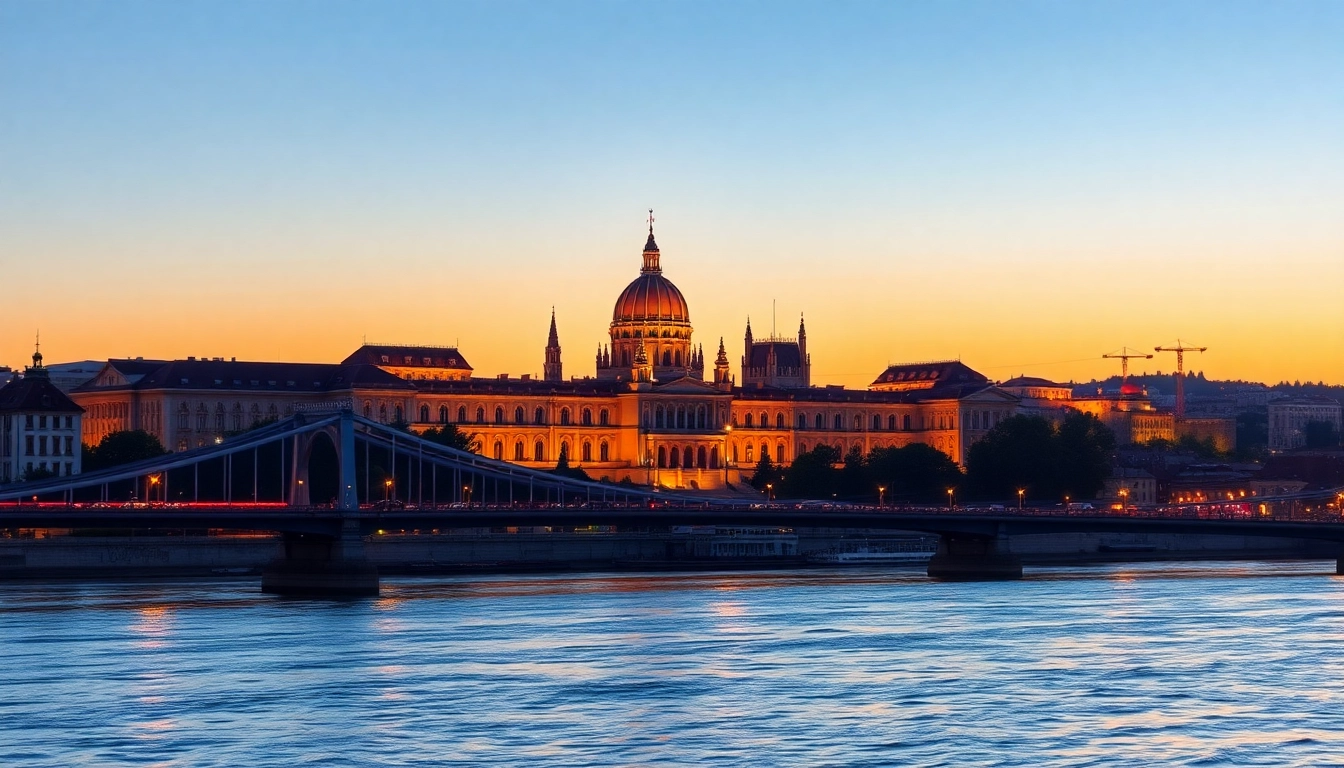
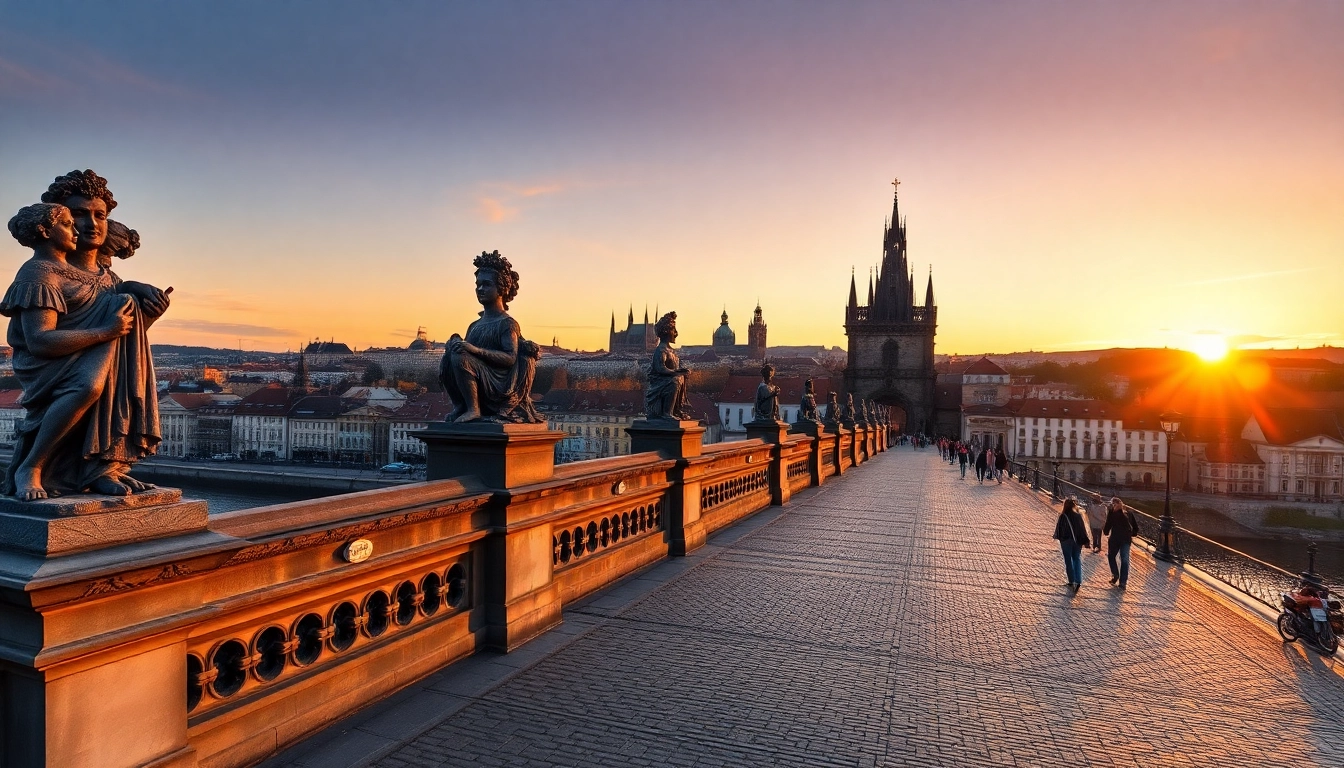
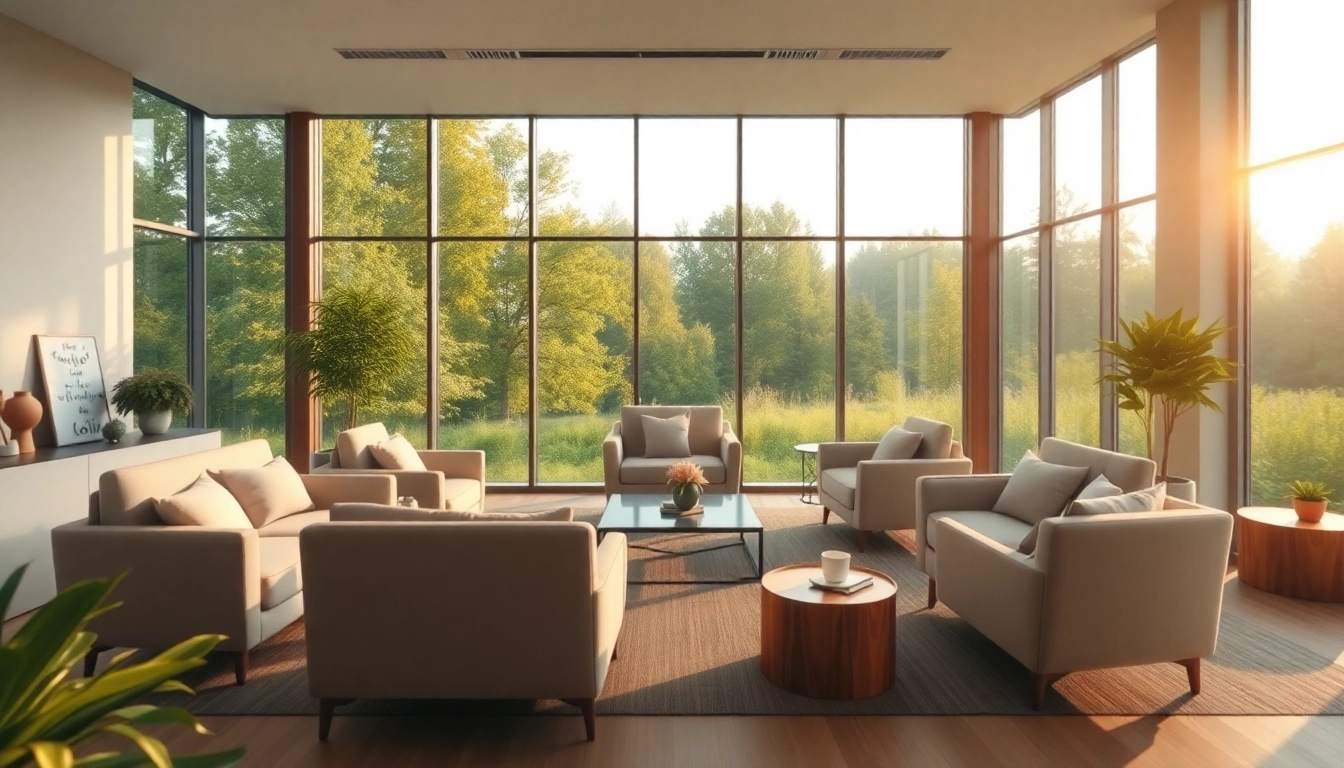

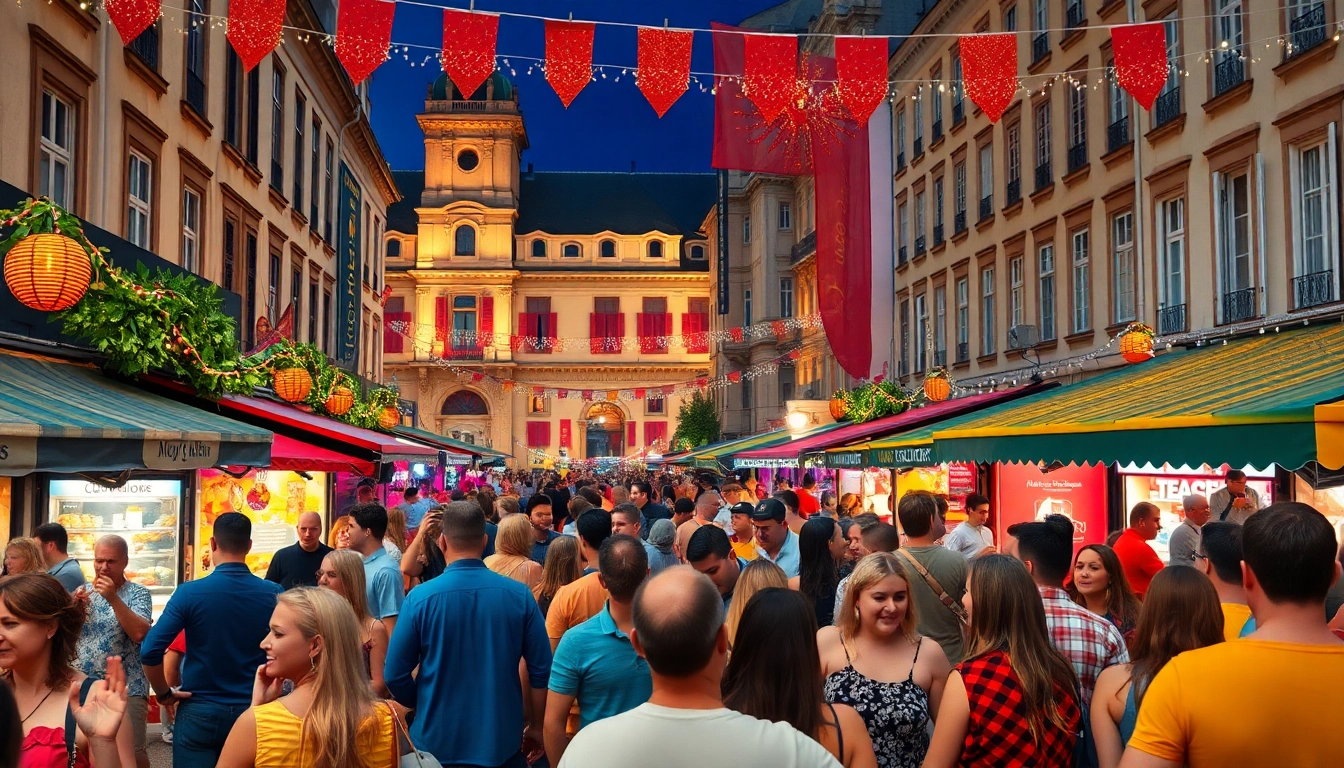



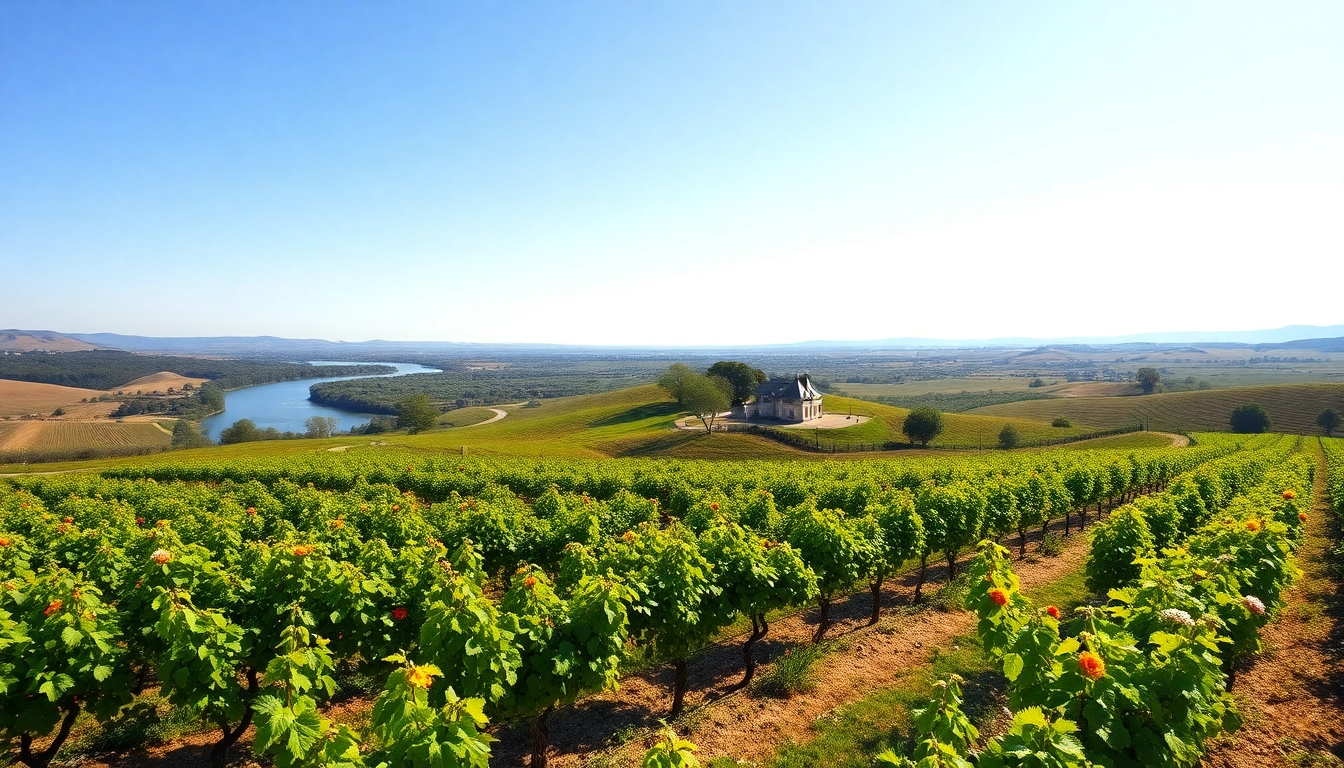
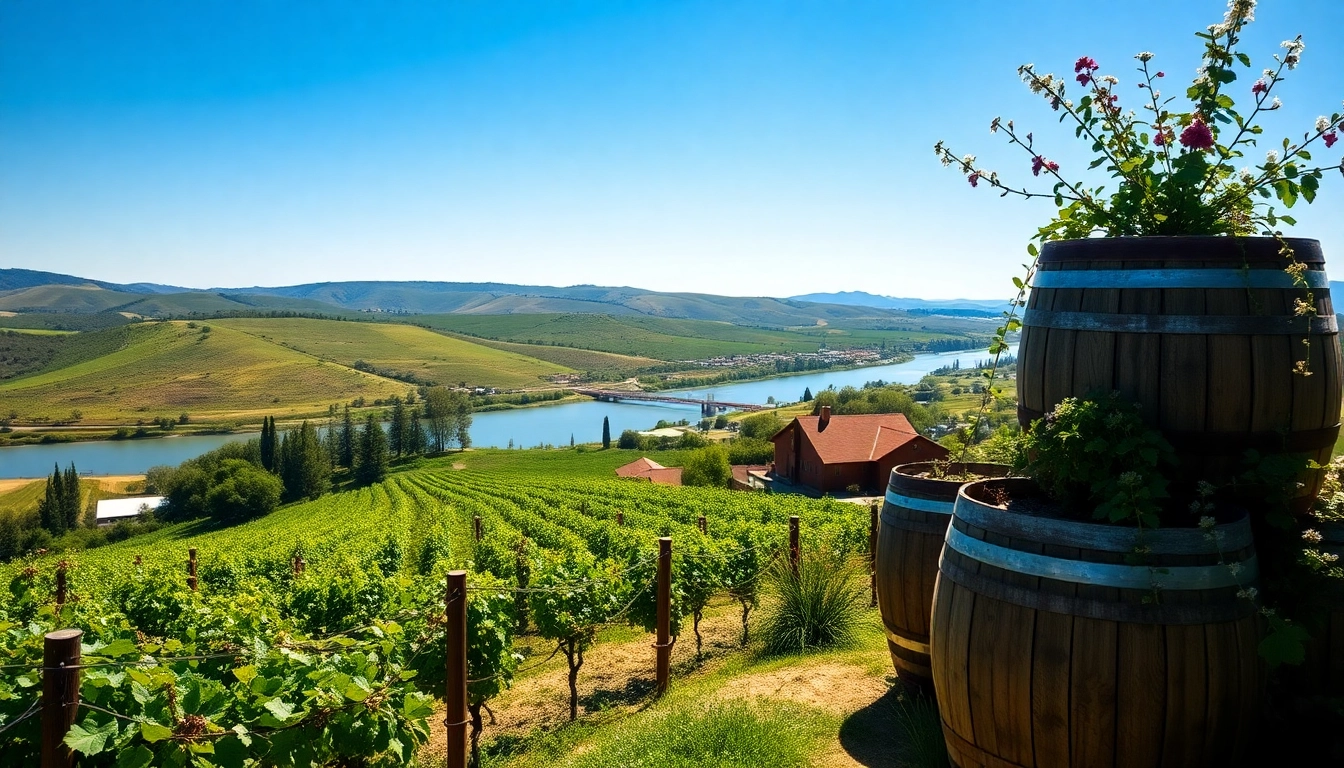



Leave a Reply